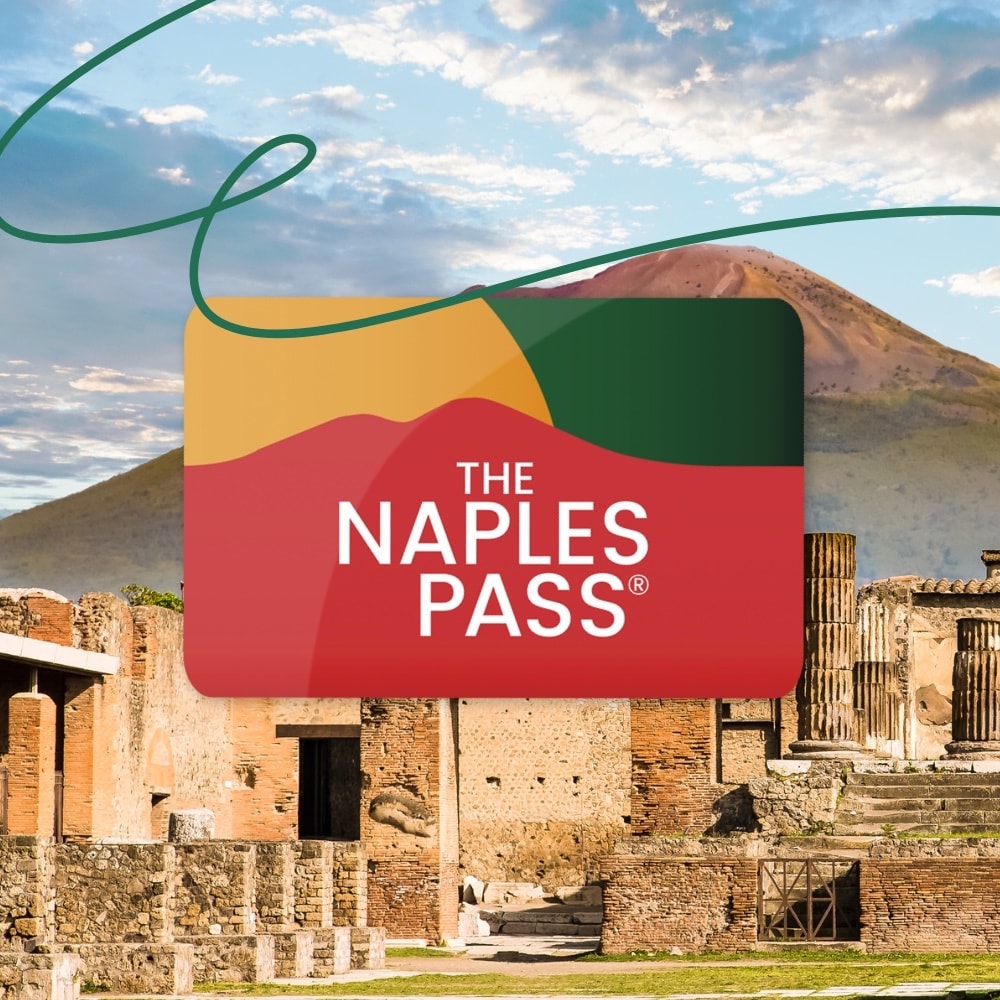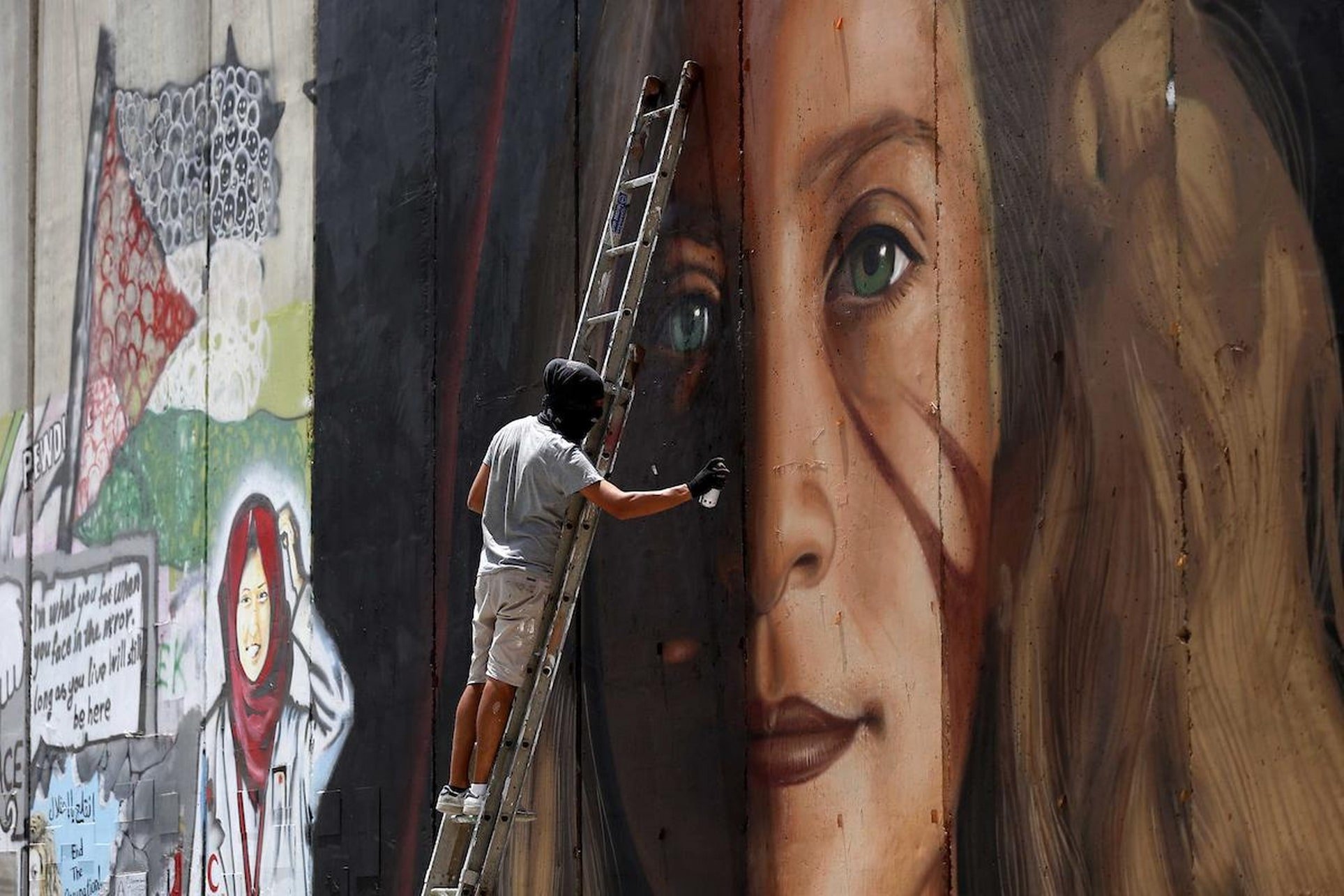Giant portraits of famous and ordinary people are invading Naples thanks to the unparalleled talent of the Neapolitan street artist known as Jorit.
Symbols of struggle and social resistance, Jorit's characters are real warriors who bear the marks of 'battle': two red stripes painted on their faces. These signs are reminiscent of scarification, a technique used in the initiation rites of African tribes to indicate the passage from childhood to adulthood.
While all human beings are unique and different from each other, they all share the same sense of belonging to the Human Tribe. That's the message the artist wants to send through his art.
And he does it with an artistic mastery almost equal to the one used in paintings on canvas by great painters such as Caravaggio, creating images of great visual and emotional impact.
Let’s take a look at some of the Jorit's most significant works, from the historic centre to the outskirts of Naples.
To organize a real art tour, move around the city in the smartest way thanx to the Naples Pass, that gives you also an easy access to a huge number of attractions.
Find out more about the Naples Pass
7. Gennaro: the holy worker
On 19th September, Naples celebrates his patron saint and protector, San Gennaro, the man who performed the miracle of melting blood.
During the celebration, the ampoules containing the blood are exposed to the public and the blood becomes liquid. Rapid liquefaction is considered a sign of good fortune, while its delay or failure is a bad omen for the city.
On 19th September 2015, the city celebrated the unveiling of the mural of the same saint created by Jorit on the entrance wall of Forcella neighbourhood, in the heart of the historic centre.
Made in a week and over 15 metres high, the face of San Gennaro looks upwards and recalls the features, not of the real saint, but of a Neapolitan worker, a friend of the artist.
San Gennaro is the symbol of all workers, a ‘normal’ man who works every day, even in unsuitable conditions, and is therefore comparable to a saint.
Art is the lie that allows us to understand the truth.
6. Heroically different
In the eastern hinterland of Naples, in San Giovanni a Teduccio district, the Dutch-Italian artist has revived two decaying facades of council houses.
The piece entitled "Being Human" has on one side the portrait of the Neapolitan football legend Maradona, the Dios Umano, and on the other side an autistic child called Niccolò.
What do these two characters have in common, apart from the two red stripes?
Maradona's sullen expression and Niccolò's face with its downcast eyes and distant gaze underline a different humanity.
Maradona, the human face who for so many Neapolitans was almost a hero, and Niccolò a little hero too who fights a silent and solitary war every day against a disease that is still little known.
5. The fight's rockstar
In the same neighbourhood of Naples East, a building’s wall in Taverna del Ferro could not fail to feature the face of another hero, with a serious and proud face, Che Guevera.
The fighter, symbol of resistance and tenacity, animates one of the most degenerate places in the Neapolitan suburbs, where the inhabitants are forced to live in buildings on the edge of humanity.
Jorit brings his art mainly to working-class and run-down neighbourhoods, with the intention of upgrading the area by giving it some of that lost value and prestige.
If you take a close look at the work, you will notice the many leaking messages. Writing such as "now revolution" and "cut off our heads with a machete" can be seen on the left, and "rock star", "better stone than slave", "better to shoot than to disappear" on the right.
Jorit's provocation is clear and direct.
4. Barra: the dreams' district
Five large works make up the dream district or Rione dei Sogni in Barra, on the eastern outskirts of Naples.
Jorit's portraits will make you stop and look up, not only to admire them but also to reflect on important issues such as racism and inclusion.
The first face is of Salvador Allende, a tribute to all those who died or disappeared during the military dictatorship in Chile.
'A child's gaze looking out of a patch' is the second painting representing the struggle of Palestinian people.
The facade of the third building speaks clearly: I have a dream. Martin Luther King, painted solely by Jorit, was chosen because he is an icon of social injustice and a spokesman for the civil rights of African Americans.
Three children sleeping and dreaming in the same bed is Jorit's fourth and final work, entitled ‘Dreams’. He wishes to draw attention to the denied rights and unheard dreams of children.
Those paintings give a new dimension and sense of change to the district in, a change that unfortunately in many suburbs is still a dream.
You may not be responsible for the situation you are in, but you will become responsible if you do nothing to change it.
3. It's time to change the world
A two-by-five metre wall becomes an authentic anthem against injustice and racism, again in the Barra district of Bisignano.
Five faces, one message: it is time to change the world.
George Floyd, Lenin, Martin Luther King, Malcolm X and Angela Davies are the spokesmen for the racial and social struggles that have always characterised not only Naples but the whole world.
In the centre of Jorit's mural is Floyd, portrayed with tears of blood running down his face, representing the unjust fate that befell him.
The other three black characters represent some of the greatest exponents of the struggle for black rights in the United States of America, and finally the Russian revolutionary symbol of anti-capitalism.
After the unjust killing of the African-American Floyd by a police officer, which sparked protests and demonstrations all over the world, Jorit also felt the need to protest, a permanent protest visible to all, to not forget.
The intention is to annoy, to point out a problem, to raise an issue.
2. Scampia: they will teach you not to shine, shine nevertheless
In the north of Naples, in the well-known Scampia district, you can admire two more portraits of great social value at the exit of the underground: Pierpaolo Pasolini and Angela Davis.
Two faces that speak and teach clearly. One of the greatest Italian intellectuals of our time and an African educator and activist for civil rights.
With these paintings Jorit wants to call upon the inhabitants of Scampia to never lower their gaze, to fight for what is due to them and for the right to a dignified life.
The awareness and depth of the gazes of the two portraits enrich the outside of Scampia but also the inside.
1. The Neapolitan Human Tribe
About twelve metres high, the facade of a building in San Pietro a Patierno, on the north-eastern outskirts of Naples near the airport, has been brightened up with a blond bob and a smile of one of the Neapolitans most loved songwriters, Nino D'Angelo.
The mural is located on the facade of a four-storey building in Piazza Guarino, near the house where Nino D'Angelo was born.
Jorit wanted to pay tribute to the Neapolitan singer for his boldness in becoming famous, despite coming from the outskirts of Naples, and for his ability in staying human and humble after all.
At the same time the artist wants to give hope and encourage the future generations to never stop striving to pursue their dreams, no matter what.
About the author
Written on 28/03/2022




Marika Lagarese
Among the beautiful works of Street Art in Naples, Jorit's hyperrealistic murals will leave you speechless!